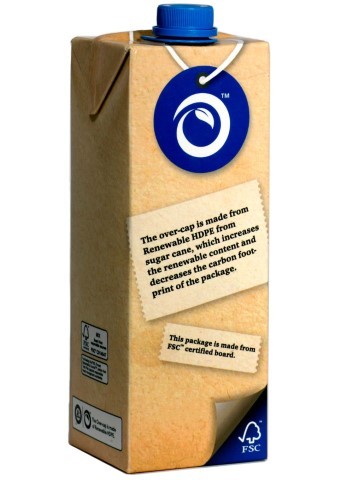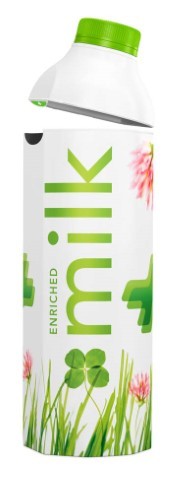Tetra Pak reports on 2013 environmental activities
Tetra Pak, a food processing and packaging company, has announced the progress made during 2013 towards its 2020 environmental targets.
Developing sustainable products
Tetra Pak focuses on increasing the use of renewable materials from natural resources that grow back when properly managed, such as wood and sugarcane. The company aims to eventually use 100% FSC-certified paperboard; in 2013, this figure rose to 41% from 38% in 2012. 32 billion Tetra Pak packages carrying the FSC-label reached consumers last year, an increase of more than 5 billion over 2012. The company also released the bio-based LightCap 30 made from high-density polyethylene (HDPE) derived from sugar cane.

Reducing environmental footprint
Tetra Pak has set a goal to cap climate impact across the value chain at 2010 levels by 2020. To achieve this, a number of initiatives have been introduced, including the development and audit of an accounting and reporting system in line with the Green House Gas Protocol Corporate Value Chain standard. Between 2010 and 2013, Tetra Pak reduced the climate emissions from its own operations by 2000 tons CO2-e while achieving a 12% growth in the number of packages sold.
Tetra Pak reports the progress of its climate program publicly through CDP, an independent non-for-profit organisation that supports companies to measure, disclose, manage and share environmental information. In 2013, Tetra Pak improved its CDP score from 77 to 91.
2013 also saw the launch of a number of equipment and service innovations that support customers in reducing their environmental footprint. Tetra Alcross RO Lite was made available to small and medium-sized cheese producers to transform whey with excessive water from a food waste into a product; Tetra Vertico, a heat exchanger unit, was launched to improve energy efficiency in heating and cooling a wide range of prepared food products; and TPMS (Tetra Pak Maintenance System) On-line was introduced to provide maintenance to machines based on the individual status instead of a standardised schedule, improving efficiency and optimising performance.
Increasing recycling
Tetra Pak aims for a global recycling rate of 40% for used beverage cartons by 2020. In 2013, the global recycling rate of Tetra Pak packages reached 24.5%, with about 43 billion being recycled - 4 billion more than the previous year. In the US, the consumer access rate to recycling infrastructure grew from 41% to 48% between 2012 and 2013. The company also launched the Tetra Evero Aseptic 1000 Separable Top, a product designed to enable consumers to detach the plastic top from the carton sleeve, allowing them to be recycled separately.

“Achieving environmental excellence is part of the company’s strategy towards 2020 because we believe it is crucial for the future of the company and our customers,” said Claes Du Rietz, vice president environment at Tetra Pak. “We drive environmental performance in every step of our operation, from sourcing, development of processing and packaging systems, to services and support provided to customers. This is the very reason that we have continued to be successful in meeting ambitious targets.”
Goodman Fielder tackles commercial food waste
Goodman Fielder Food Service has encouraged foodservice professionals to apply food saving...
Merger strengthens RSK Australia's regional services
Projence and Western Project Services have merged under the Projence brand, to improve the...
Reaching net zero in the manufacturing sector
Sustainable solutions such as 'green concrete' and carbon tracking were presented at the...










